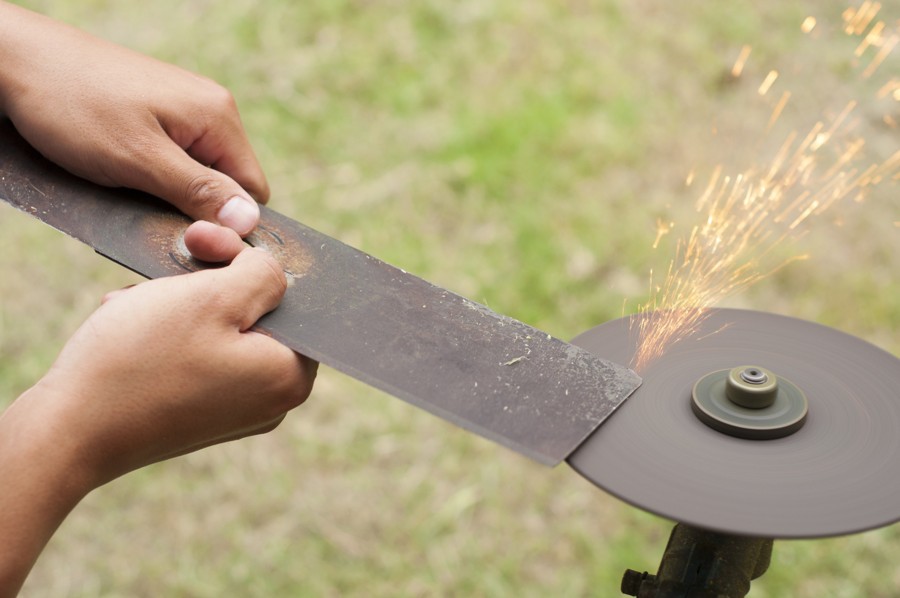Steel 440A
It is a high-carbon steel that can be hardened in air and contains the substance martensite (Martensite is a supersaturated solid solution of carbon in iron. Its basic properties include high strength and hardness). It usually has a carbon-to-chromium ratio of 0.48 / 15.1%. The alloy's austenitizing temperature is 1100°C. The maximum hardness, on the other hand, reaches (during conventional annealing at 150°C and quenching in oil + after subcooling to reduce the trace austenite content) up to 59 HRC.

Modern manufacturers mainly limit their knives to 440C steels, although 440A also has excellent (especially anti-corrosive) properties compared to many others. For example, 440A steel was also used in the legendary Sog Seal 2000 knife, where it had a slightly lower toughness and corrosion resistance compared to MPK-Ti steel, but was better in dynamic properties (softness + edge retention in a certain direction). All of this while cutting a 9 mm pistol bullet.
Steel 440A is considered good for users because its corrosion resistance is higher than that of steel 12C27M. The resistance to wear is overall also very good (in addition, this alloy steel has a lower content of carbides in a specific structural volume).




























































































































